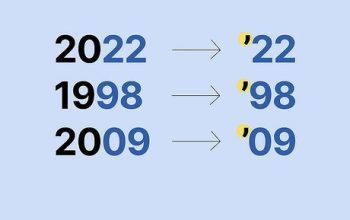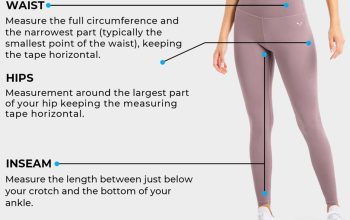“¿Cómo se dice ‘have a good day’ en español?” The Spanish language offers a charming way to wish someone well, with a phrase that conveys warmth and positivity. Saying “have a good day” in Spanish is as simple as saying “que tengas un buen día.” Whether you’re greeting a friend, colleague, or stranger, these words carry a message of kindness and goodwill that transcends language barriers. Discover the beauty of spreading good vibes with a simple phrase in Spanish. Let’s delve into the nuances of expressing well-wishes in this expressive language.
How to Say Have a Good Day in Spanish
Saying “have a good day” is a simple gesture that can brighten someone’s day. If you want to spread positivity in Spanish, learning how to say “have a good day” is a great way to start. In this blog post, we’ll explore different ways to express this sentiment in Spanish, along with cultural nuances and variations.
Understanding the Basics
Before we dive into the various ways to say “have a good day” in Spanish, let’s first understand some basic phrases and words that will come in handy:
1. Buen
The word “buen” translates to “good” in English. It is a versatile word that can be used in different contexts to convey positivity or well-wishes.
2. Día
“Día” simply means “day.” When combined with “buen,” it forms the phrase “buen día,” which translates to “good day.”
Variations of Saying “Have a Good Day” in Spanish
There are several ways to express the sentiment of wishing someone a good day in Spanish. Let’s explore some common phrases and variations:
1. Que tengas un buen día
This phrase is a direct translation of “have a good day” in Spanish. It is a polite and friendly way to wish someone well and is commonly used in both formal and informal settings.
2. Que pases un buen día
Another common way to wish someone a good day is by saying “que pases un buen día.” This phrase is more casual and is often used among friends and family members.
3. Que disfrutes tu día
For a more personalized touch, you can say “que disfrutes tu día,” which means “enjoy your day.” This expression adds a sense of warmth and sincerity to your well-wishes.
Cultural Nuances
Language is deeply intertwined with culture, and understanding the cultural nuances of expressing well-wishes in Spanish can enhance your interactions with native speakers. In Spanish-speaking countries, greetings and farewells are often accompanied by physical gestures such as hugs, kisses, or handshakes.
When saying “have a good day” in Spanish, consider the context and relationship you have with the person. For formal settings, it’s best to stick to polite and neutral expressions. In contrast, with friends and family, you can opt for more casual and affectionate phrases.
Practicing Pronunciation
Now that you’ve learned different ways to say “have a good day” in Spanish, it’s time to practice your pronunciation. Pay attention to the accent marks and intonation patterns to sound more natural when speaking Spanish.
Try repeating the phrases out loud and focus on articulating each word clearly. Don’t worry about making mistakes—practice makes perfect, and native speakers will appreciate your efforts to communicate in their language.
Wishing someone a good day in Spanish is a simple yet meaningful gesture that can brighten anyone’s day. Whether you say “que tengas un buen día,” “que pases un buen día,” or “que disfrutes tu día,” your well-wishes will be appreciated by those around you.
Remember to consider the cultural nuances and context when expressing well-wishes in Spanish, and don’t hesitate to practice your pronunciation to become more confident in using these phrases in real conversations. Spread positivity and make someone’s day brighter with your newfound knowledge of how to say “have a good day” in Spanish!
5 Ways to say 'Have a Good Day' in Spanish
Frequently Asked Questions
How do you say “have a good day” in Spanish?
In Spanish, you can say “have a good day” as “que tengas un buen día.”
What is the common Spanish phrase to wish someone a good day?
A common phrase to wish someone a good day in Spanish is “que tengas un buen día.”
Can you provide the correct translation for “have a good day” into Spanish?
The correct translation for “have a good day” in Spanish is “que tengas un buen día.”
Final Thoughts
In conclusion, expressing good wishes in different languages adds a personal touch to interactions. When speaking Spanish, saying “have a good day” translates to “que tengas un buen día.” Learning simple phrases like this can help deepen connections and show cultural appreciation. So next time you want to brighten someone’s day, remember how to say ‘have a good day in Spanish.’ It’s a small gesture that can make a big impact on others’ well-being.




